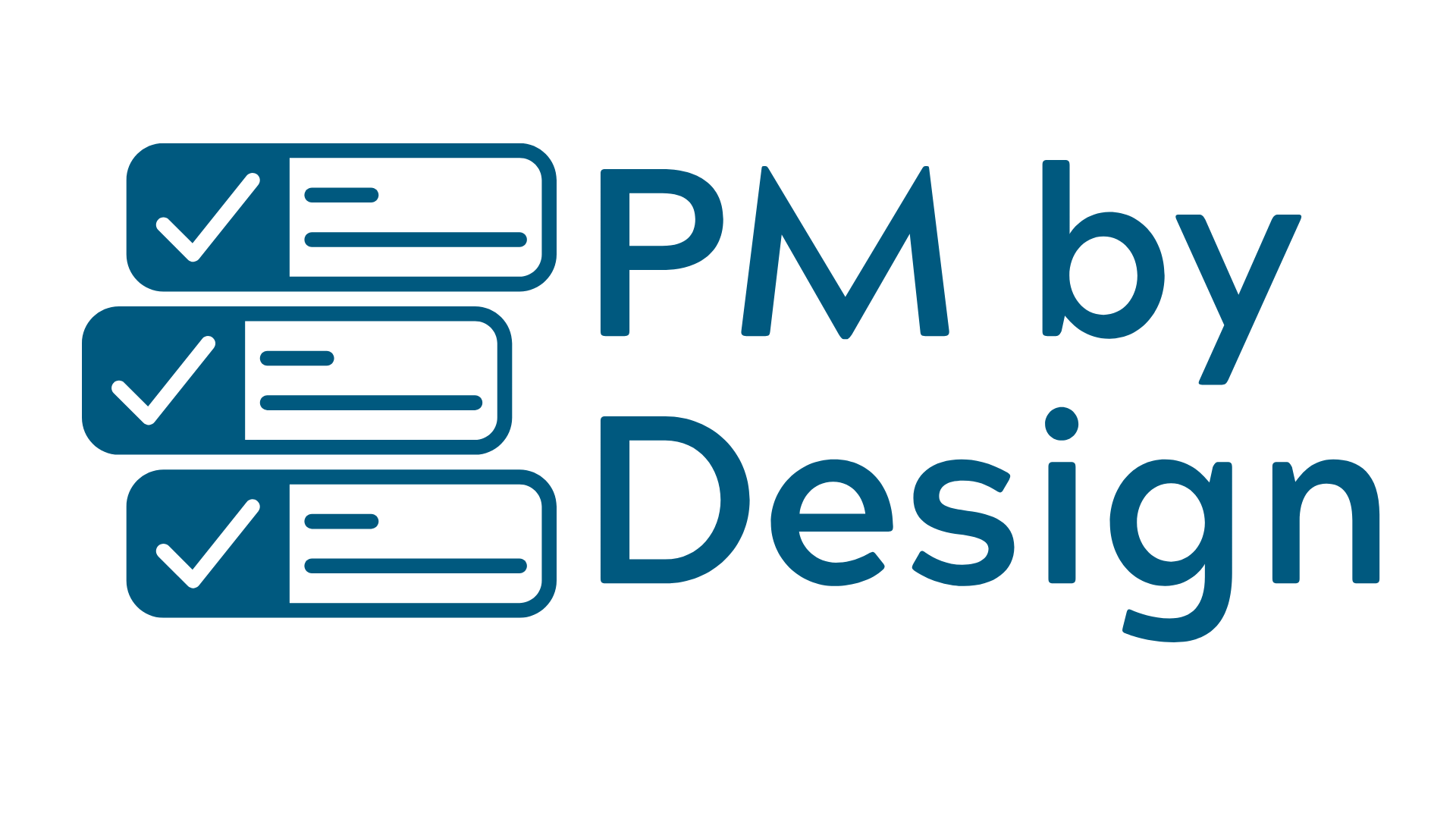What is a Kanban Board?
A Kanban board is a visual project management tool designed to help teams track progress, prioritize tasks, and manage workflow. Originating from lean manufacturing and agile methodologies, Kanban boards have become a staple in many industries—including higher education—for improving transparency and efficiency.
At its core, a Kanban board breaks work into categories such as “To Do,” “In Progress,” and “Done,” with tasks represented as cards that move across columns. This allows teams to see at a glance where work is stalled, what’s progressing, and what has been completed.
In higher education, Kanban boards can be a low-tech (whiteboard and sticky notes) or high-tech (tools like Trello, Asana, or Microsoft Planner) way to organize and visualize work across academic departments, project teams, or student support offices.
What are the benefits of using a Kanban Board?
Using a Kanban board brings several benefits to project management in higher education, especially for cross-functional or highly collaborative work:
- Visual Clarity: Kanban boards make workflows visible, helping individuals and teams understand what tasks are underway and where bottlenecks exist.
- Improved Accountability: Assigning tasks to specific people within the board creates clear responsibility and ownership.
- Greater Focus: By visualizing task limits (e.g., only 3 tasks in progress at a time), teams can reduce multitasking and improve the quality of their work.
- Increased Collaboration: Teams using a Kanban board often find it easier to coordinate efforts and have more productive check-ins.
- Adaptability: Boards can be quickly updated to reflect changes, helping teams remain agile and responsive—especially useful when managing scope or navigating scope creep.
Where might you see a Kanban Board in higher education?
Kanban boards can support a wide range of projects and initiatives across campus, such as:
- Academic program development, where you might track tasks for curriculum design, faculty input, and accreditation steps.
- Event planning, including managing logistics for orientation, conferences, or commencement with clear roles and timelines.
- Student services, such as coordinating initiatives like wellness campaigns or advising programs, including deadlines and communication tasks.
- Research administration, including keeping grant applications or compliance workflows on track.
A step-by-step guide to using a Kanban Board
- Begin by outlining the main stages of your work—these will become your columns (e.g., “To Do,” “In Progress,” “Review,” “Done”). Make sure these reflect how your team actually works.
- Write each task on a card or digital tile. Be specific: instead of “Work on report,” say “Draft executive summary for accreditation report.”
- Designate task owners so that it’s clear who is responsible for each item; this builds accountability and prevents duplication.
- To prevent overload, set a limit on how many tasks can be in “In Progress” at once. You can also use labels or tags to indicate priority or category.
- Use your Kanban board as a standing agenda for team check-ins. Review what’s blocked, celebrate completed work, and adjust priorities if needed.
- After a project or sprint, hold an after-action review or team reflection to discuss what worked well and how the board could be improved. This builds continuous improvement into your process.
Reflective questions
- How do you currently track your individual or team projects? Would a visual tool improve your process?
- Where in your work would a Kanban board help create more transparency or collaboration?
- What challenges might you face in implementing a Kanban board with your team or department?
- Could a Kanban board help you manage multiple deliverables more effectively?
- How might a Kanban board help you prevent scope creep or stay aligned with your original charter?
- What is one current project where you could pilot a simple Kanban board this week?
